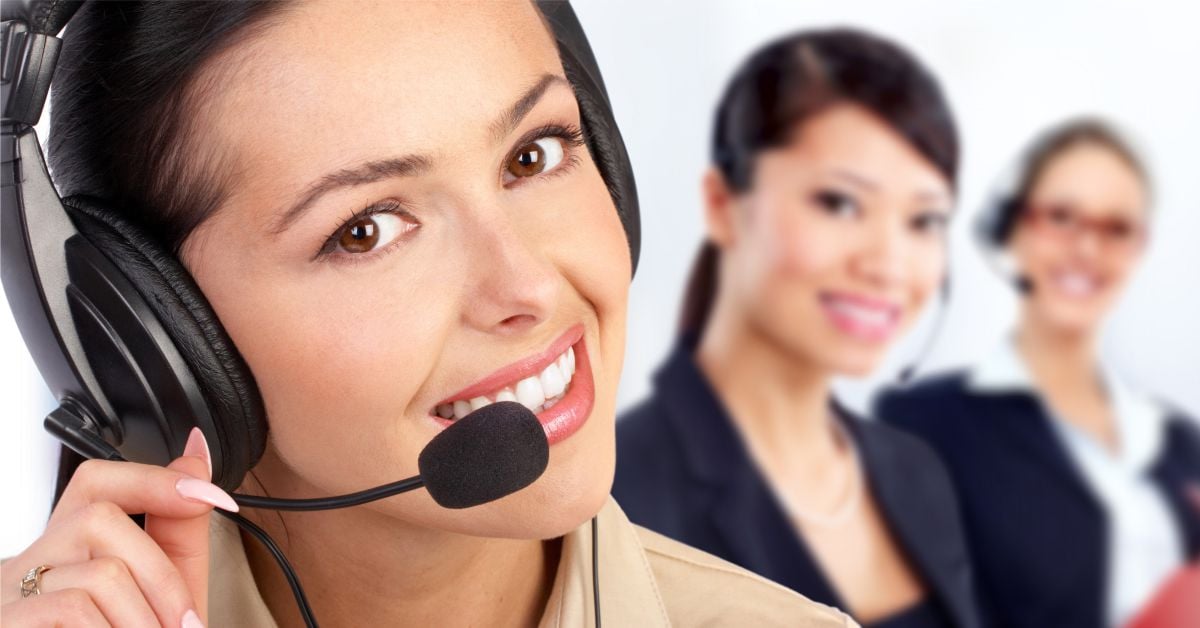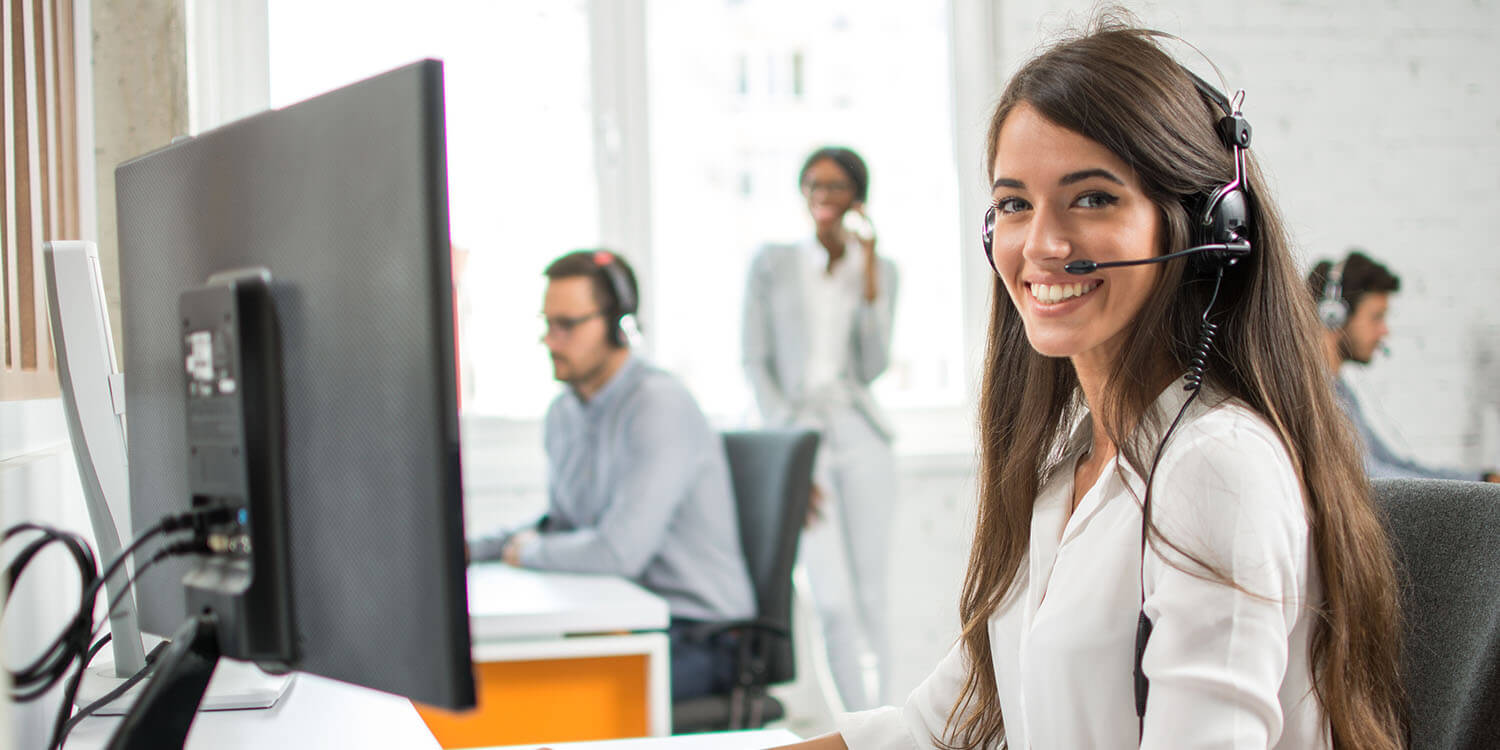All Categories
Featured
Table of Contents
- – What Does Phone Call Answering Service Cost?
- – Best Business Answering Services - Virtual Rec...
- – What Does Live Answering Services - Australia ...
- – What Is The Best The Benefits Of Secretarial ...
- – The Best Live Answering Services - Australia ...
- – A Best How To Answer The Phone Professionall...
What Does Phone Call Answering Service Cost?
This gadget and its followers were created by Sava Jacobson, an electrical engineer with a personal consulting business. While early answering makers utilized magnetic tape innovation, the majority of modern-day devices utilizes strong state memory storage; some devices use a combination of both, with a solid-state circuit for the outgoing message and a cassette for the inbound messages.
"toll saving" below) (phone answering service). This works if the owner is screening calls and does not wish to talk to all callers. In any case after going, the calling party ought to be notified about the call having actually been addressed (most of the times this begins the charging), either by some remark of the operator, or by some greeting message of the TAD, or addressed to non-human callers (e.
This holds specifically for the Little bits with digitally saved welcoming messages or for earlier machines (before the rise of microcassettes) with an unique unlimited loop tape, separate from a 2nd cassette, devoted to recording. There have been answer-only devices with no recording abilities, where the greeting message needed to notify callers of a state of existing unattainability, or e (reception services).
Best Business Answering Services - Virtual Receptionists Sales Near Me

about accessibility hours. In taping Littles the greeting generally includes an invite to leave a message "after the beep". An answering device that utilizes a microcassette to record messages On a dual-cassette answerphone, there is an outbound cassette, which after the specified number of rings plays a pre-recorded message to the caller.

Single-cassette answering devices consist of the outbound message at the beginning of the tape and inbound messages on the staying space. They first play the statement, then fast-forward to the next available space for recording, then record the caller's message. If there are many previous messages, fast-forwarding through them can trigger a significant hold-up.
This beep is frequently referred to in the welcoming message, requesting that the caller leave a message "after the beep". TADs with digital storage for the taped messages do not reveal this delay, obviously. A little bit may use a remote control facility, whereby the answerphone owner can ring the home number and, by getting in a code on the remote telephone's keypad, can listen to tape-recorded messages, or erase them, even when far from house.
What Does Live Answering Services - Australia Cost?

Therefore the machine increases the number of rings after which it addresses the call (normally by 2, leading to 4 rings), if no unread messages are currently stored, but responses after the set variety of rings (normally two) if there are unread messages. This allows the owner to learn whether there are messages waiting; if there are none, the owner can hang up the phone on the, e.
Some devices also permit themselves to be from another location activated, if they have been switched off, by calling and letting the phone ring a particular large number of times (normally 10-15). Some service providers desert calls already after a smaller variety of rings, making remote activation difficult. In the early days of TADs an unique transmitter for DTMF tones (dual-tone multi-frequency signalling) was regionally required for push-button control, because the previously used pulse dialling is not apt to communicate suitable signalling along an active connection, and the dual-tone multi-frequency signalling was carried out step-by-step.
Any inbound call is not identifiable with regard to these homes in advance of going "off hook" by the terminal equipment. So after going off hook the calls should be switched to proper gadgets and just the voice-type is instantly available to a human, but possibly, however need to be routed to a LITTLE (e.
What Is The Best The Benefits Of Secretarial And Telephone Answering ... Today
What if I told you that you do not need to in fact choose up your gadget when responding to a consumer call? Somebody else will. So convenient, right? Responding to telephone call does not require somebody to be on the other end of the line. Efficient automated phone systems can do the technique simply as efficiently as a live agent and sometimes even much better.
An automated answering service or interactive voice response system is a phone system that interacts with callers without a live individual on the line - business call answering service. When business use this technology, clients can get the answer to a question about your company simply by using interactions established on a pre-programmed call circulation.
Although live operators update the customer care experience, many calls do not need human interaction. A simple documented message or instructions on how a client can obtain a piece of information generally resolves a caller's immediate need - phone answering. Automated answering services are a simple and efficient method to direct incoming calls to the ideal person.
The Best Live Answering Services - Australia Service?
Notice that when you call a business, either for support or item inquiry, the very first thing you will hear is a pre-recorded voice welcoming and a series of alternatives like press 1 for customer care, press 2 for inquiries, and so on. The pre-recorded options branch off to other choices depending on the client's choice.
The phone tree system helps direct callers to the right person or department using the keypad on a cellphone. In some circumstances, callers can use their voices. It's worth keeping in mind that auto-attendant choices aren't limited to the ten numbers on a phone's keypad. Once the caller has selected their very first alternative, you can design a multi-level auto-attendant that uses sub-menus to direct the caller to the right sort of assistance.
The caller does not need to communicate with an individual if the auto-attendant phone system can manage their issue. The automated service can route callers to an employee if they reach a "dead end" and need assistance from a live representative. It is costly to work with an operator or executive assistant.
A Best How To Answer The Phone Professionally (With Examples)
Automated answering services, on the other hand, are considerably less costly and offer considerable cost savings at approximately $200-$420/month. Even if you do not have dedicated staff to deal with call routing and management, an automated answering service enhances performance by enabling your group to focus on their strengths so they can more effectively spend their time on the phone.
A sales lead routed to client service is a lost shot. If a consumer who has product concerns reaches the wrong department or receives insufficient answers from well-meaning staff members who are less trained to handle a specific kind of question, it can be a reason for aggravation and discontentment. An automatic answering system can lessen the variety of misrouted calls, consequently assisting your staff members make much better usage of their phone time while maximizing time in their calendar for other tasks.
With Automated Answering Systems, you can produce an individualized experience for both your staff and your callers. Make a recording of your primary greeting, and simply update it routinely to reflect what is going on in your organization. You can develop as lots of departments or menu options as you want.
Table of Contents
- – What Does Phone Call Answering Service Cost?
- – Best Business Answering Services - Virtual Rec...
- – What Does Live Answering Services - Australia ...
- – What Is The Best The Benefits Of Secretarial ...
- – The Best Live Answering Services - Australia ...
- – A Best How To Answer The Phone Professionall...
Latest Posts
Efficient Hospitality Answering Service Near Me – Australia
Honest After Hours Answering
Cheap Answering Service Pricing Near Me – Australian Capital Territory 2617
More
Latest Posts
Efficient Hospitality Answering Service Near Me – Australia
Honest After Hours Answering
Cheap Answering Service Pricing Near Me – Australian Capital Territory 2617